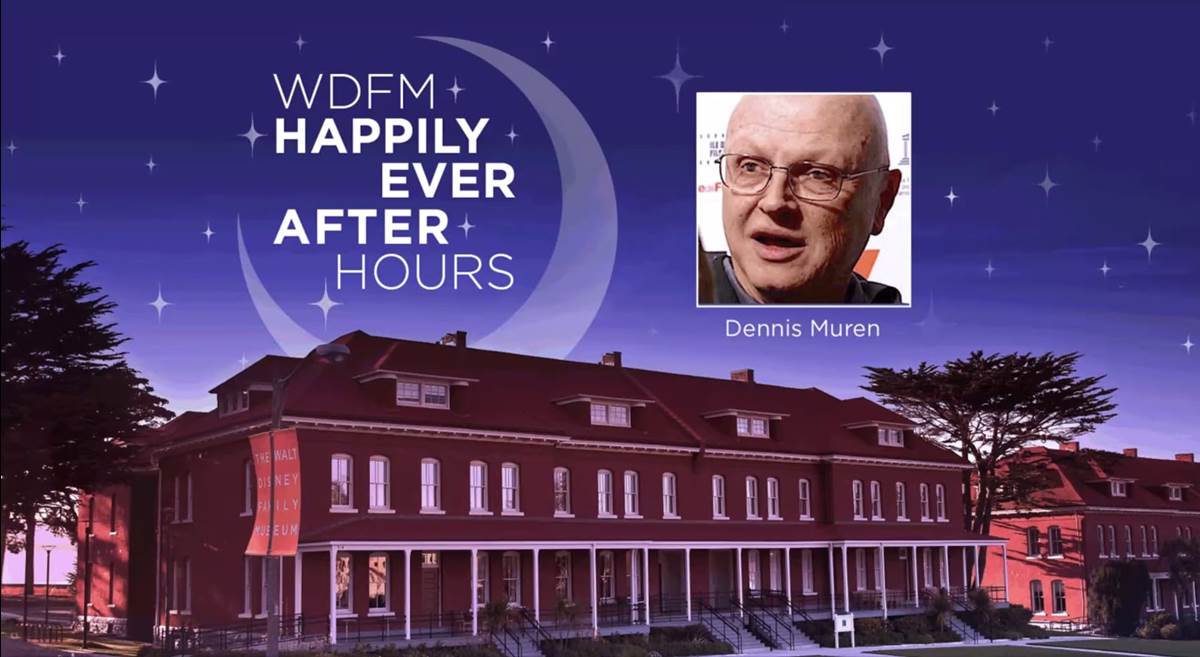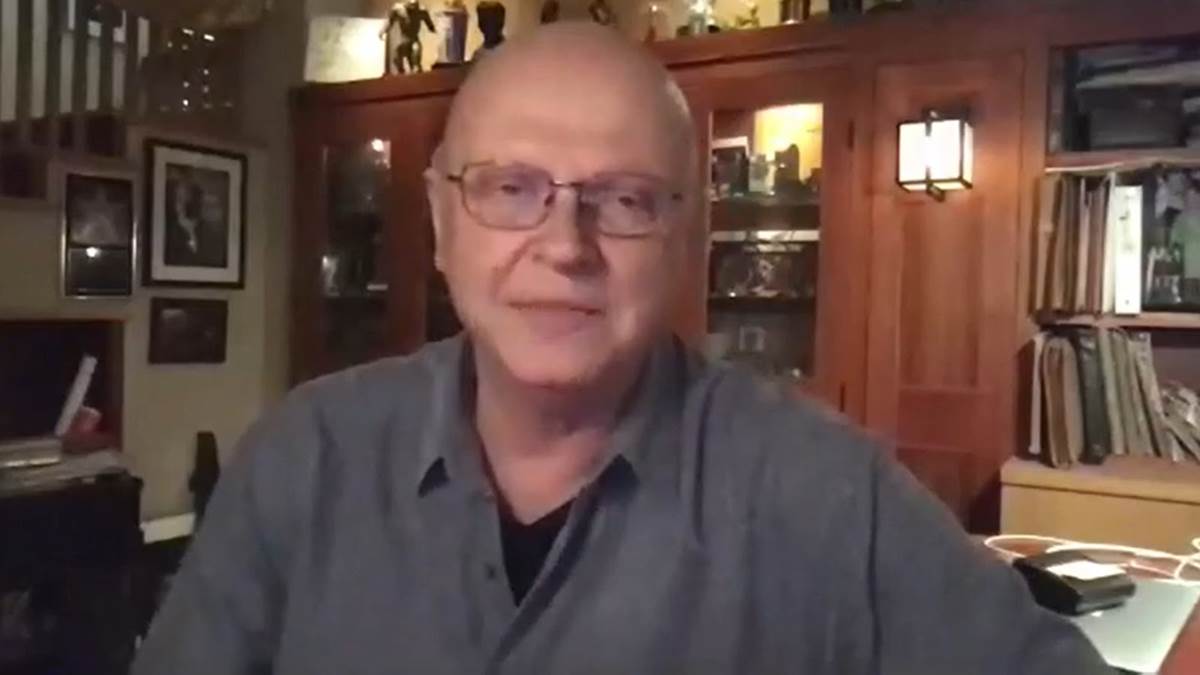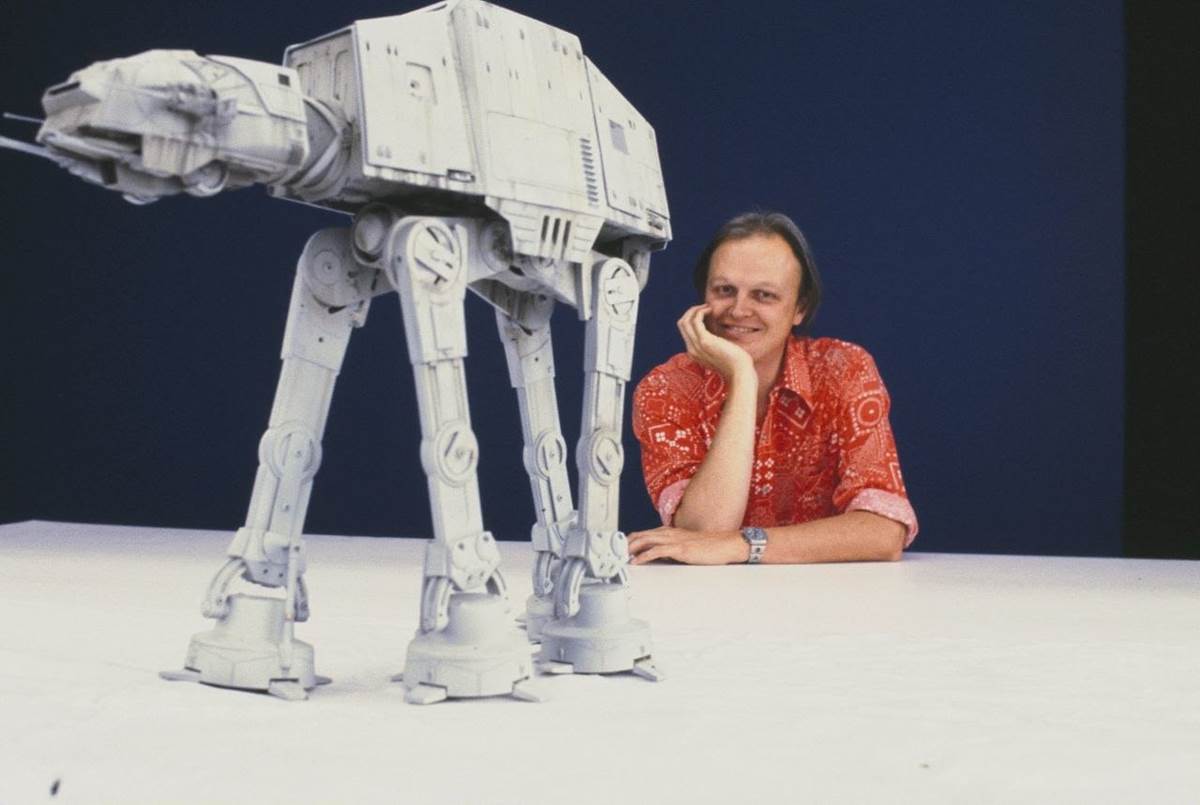What We Learned from Walt Disney Family Museum’s Discussion with Visual Effects Legend Dennis Muren
Multiple Oscar-winning visual effects artist Dennis Muren made a name for himself at Lucasfilm’s in-house VFX department Industrial Light & Magic during its glory days. He made noteworthy contributions to the groundbreaking effects across the entire original Star Wars trilogy, plus Steven Spielberg’s Close Encounters of the Third Kind, Indiana Jones and the Temple of Doom, and Jurassic Park. In the late 1990s he returned to Star Wars for George Lucas’s prequel trilogy and also brought the franchise to life at Disney Parks by supervising visual effects work on the original Star Tours.
Last night Dennis Muren sat down for a remote conversation with representatives from The Walt Disney Family Museum as part of its “WDFM Happily Ever After Hours” program of live-streamed talks during the pandemic.
In the bullet-point list below, I’ve selected some of the more interesting tidbits that came out of this conversation about Dennis Muren’s career and his thoughts on a lifetime in the visual effects industry:
- Dennis Muren grew up in La Cañada, California near Hollywood and was always fascinated by the movie industry. In 1970 he made an independent film named Equinox to help prove himself as a visual effects artist.
- In another short film from his childhood, Muren attempted to recreate forced-perspective, stop-motion, and rear projection techniques he saw in Walt Disney’s Darby O’Gill and the Little People. They showed a clip from this short during the presentation.
- He talked about the influence of stop-motion pioneer Ray Harryhausen, particularly in the film The Seventh Voyage of Sinbad, citing the Cyclops creature as having “attitude in every frame.”
- In 1976, he heard about Star Wars being made and pursued a position on George Lucas’s effects team as a cameraman. Prior to that he had worked on the occasional commercial and thought there was no future in the film business.
- The earliest form of Industrial Light & Magic worked out of Van Nuys. Muren says nobody knew anything at the beginning, but John Dykstra developed a revolutionary motion control system for shooting models at a very slow speed called the Dykstraflex camera. This helped create the space sequences in Star Wars.
- He says he learned a lot from working on Star Wars as the production helped him get out of his comfort zone. “Star Wars was revolutionary because every scene adds something new.”
- For The Empire Strikes Back, the ILM team moved up to Marin County in Northern California. He lists the Imperial AT-AT Walkers, Tauntauns, space battles, and Yoda as new things that kept the sequel interesting for audiences and the production team. “It was terrific.” He loves George Lucas’s imagination.
- Discussing the Hoth battle sequence, he says big miniature sets were constructed with matte paintings in the background, and credits Phil Tippett and other animators with bringing the AT-ATs and Tauntauns to life. Muren developed a method for shots to look finished through the camera lens.
- He says he attended Disneyland as a guest during the first month it was open, and was so excited to work with Imagineers Tony Baxter and Tom Fitzgerald on Star Tours. He was fascinated by the process of developing the flow of park guests, pre-show, and crowd capacity for the attraction. He has a cameo early on in the film.
- ILM had been working on CGI effects since 1980, but the technology wasn’t quite there to implement them fully until Jurassic Park, but Terminator 2: Judgment Day also helped push things ahead.
- He created a “Dinosaur Input Device” so animators could physically use their stop-motion talents to manipulate CG dinosaurs in the computer.
- Muren credits Stan Winston for creating the full-sized T-Rex that mixed so well with the CGI effects.
- When asked about the technological advancements recently made for The Mandalorian (particularly its virtual cinematography room called The Volume), Muren says “That’s great, but the danger is that you’re in such a hurry that the quality will not be refined quite enough.” But he also thinks this process is a great way of expanding the world of VFX. “Don’t just push technology; push what you can do with it.”
You can watch the full interview with Dennis Muren below:
For more information on future “Happily Ever After Hours” events, be sure to visit The Walt Disney Family Museum’s official website.





